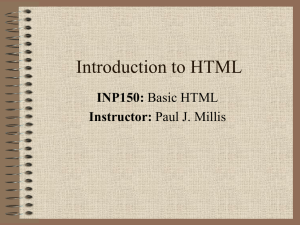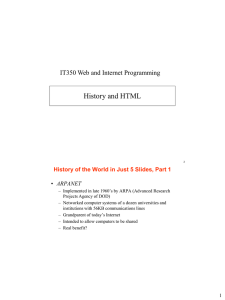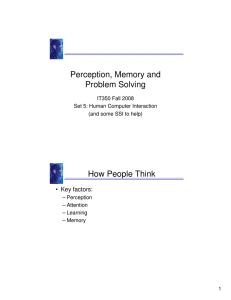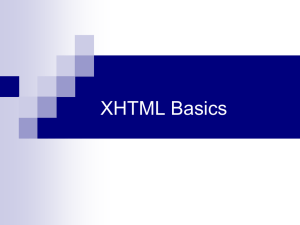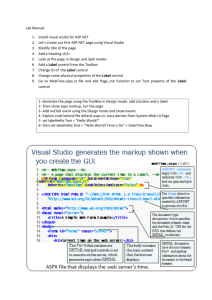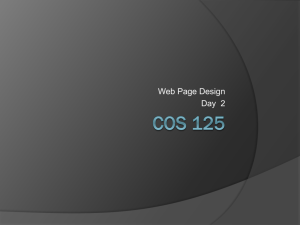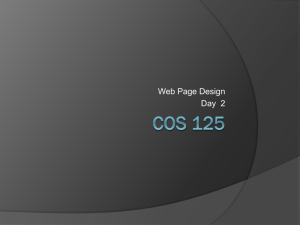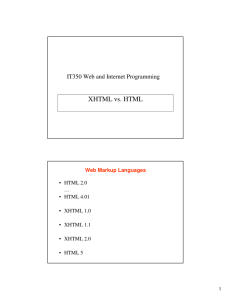Legal-RDF Model Comparison Analysis
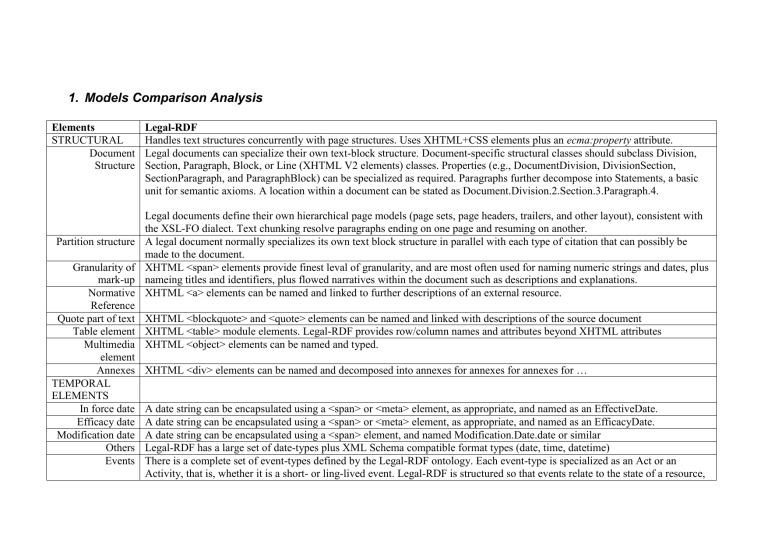
1. Models Comparison Analysis
Elements Legal-RDF
STRUCTURAL Handles text structures concurrently with page structures. Uses XHTML+CSS elements plus an ecma:property attribute.
Document
Structure
Legal documents can specialize their own text-block structure. Document-specific structural classes should subclass Division,
Section, Paragraph, Block, or Line (XHTML V2 elements) classes. Properties (e.g., DocumentDivision, DivisionSection,
SectionParagraph, and ParagraphBlock) can be specialized as required. Paragraphs further decompose into Statements, a basic unit for semantic axioms. A location within a document can be stated as Document.Division.2.Section.3.Paragraph.4.
Legal documents define their own hierarchical page models (page sets, page headers, trailers, and other layout), consistent with the XSL-FO dialect. Text chunking resolve paragraphs ending on one page and resuming on another.
Partition structure A legal document normally specializes its own text block structure in parallel with each type of citation that can possibly be made to the document.
Granularity of mark-up
XHTML <span> elements provide finest leval of granularity, and are most often used for naming numeric strings and dates, plus nameing titles and identifiers, plus flowed narratives within the document such as descriptions and explanations.
Normative
Reference
XHTML <a> elements can be named and linked to further descriptions of an external resource.
Quote part of text XHTML <blockquote> and <quote> elements can be named and linked with descriptions of the source document
Table element XHTML <table> module elements. Legal-RDF provides row/column names and attributes beyond XHTML attributes
Multimedia element
XHTML <object> elements can be named and typed.
Annexes XHTML <div> elements can be named and decomposed into annexes for annexes for annexes for …
TEMPORAL
ELEMENTS
In force date A date string can be encapsulated using a <span> or <meta> element, as appropriate, and named as an EffectiveDate.
Efficacy date A date string can be encapsulated using a <span> or <meta> element, as appropriate, and named as an EfficacyDate.
Modification date A date string can be encapsulated using a <span> element, and named Modification.Date.date or similar
Others Legal-RDF has a large set of date-types plus XML Schema compatible format types (date, time, datetime)
Events There is a complete set of event-types defined by the Legal-RDF ontology. Each event-type is specialized as an Act or an
Activity, that is, whether it is a short- or ling-lived event. Legal-RDF is structured so that events relate to the state of a resource,
Elements
MULTILINGUAL
ASPECTS
GEOGRAPHIC
DIMENSION
METADATA for
KNOWLEDGE
METADATA for
ARCHIVING and
PRESERVING
METADATA for
CLASSIFYING
Legal-RDF e.g., an instance that is a ModifiedThing is one having a ModificationEvent property.
All languages are incorporated into the Legal-RDF dotted name structure, .e.g, Instance.eng names an English-language string of text. All currencies are similarly incorporated, e.g., Amount.eur is a Euro amount. All national resources are accommodated by a set of classes aligned with countries and cultures, e.g., EuropeanThing can be combined with the Currency class to identify for instance the supertypes of the Euro currency.
Location is a fundamental class in Legal-RDF that has been decomposed to Boundary, Region, Airspace, Underground, and so forth.
The machinery of RDF is available either implicitly by the structured/dotted name assigned to a text string or block of document content, or exlicitly through RDFA/XHTML mechanisms.
Informatin about archival and similar events could be recorded in the models located within the affected document.
Dublin Core is used as the foundation for all properties’ definitions, that is, each property is a subPropertyOf one of the 15 universal Dublin Core properties.
